Gem Profile- Goldstone
I've always liked goldstone; it's not really gold, and it's not really a stone, but it sure is pretty! So, if goldstone isn't really gold or stone... what exactly is it? Well, the short version is that goldstone is glass with copper flecks suspended in it, but since I'm not really the short version sort of person... we'll go with a longer explanation.
Goldstone is made by melting silica (sand), copper oxide, borax, and other chemicals that reduce the copper to its elemental form. When the glass is liquid, the vat is sealed off and all air is cut off from it. This is called an "oxygen reducing atmosphere" which keeps the glass hot enough for the metallic flecks to form, but not melt.
Joan Madouse wrapped this brown goldstone pendant in gold plated wire.
Joan Madouse wrapped this brown goldstone pendant in gold plated wire.

How Goldstone was Discovered
While goldstone is glass, the origins are a little sketchy. Legend has it that an unknown religious order of Italian monks accidentally spilled copper shavings into a vat of melted glass, while others have the same monks trying to make gold and coming up with goldstone instead... busy monks.
However, ask a Venetian glass maker and they will tell you that the Miotti family invented the process in the 17th century and was granted an exclusive license to produce it, which is the most plausible and historically-verifiable story. The process was an exclusive and highly guarded one, up until the nineteenth century when the Miotti family stopped making glass and the formula was sold to re-start the goldstone tradition.
Here's an interesting fact; goldstone is also known by the name aventurine glass from the Latin word avventura (avventurina in Italian) meaning chance. It's also sometimes called sun stone and monk's gold. Aventurine, the macrocrystalline quartz, was named after aventurine glass because of its resemblance to goldstone.
Rima Kent wrapped these blue goldstone pieces in bronze wire to create a pendant and earrings set.
Linda Pope made this Blue Goldstone bead the focal point of a wire wrapped ring, in non-tarnish silver wire.
While goldstone is glass, the origins are a little sketchy. Legend has it that an unknown religious order of Italian monks accidentally spilled copper shavings into a vat of melted glass, while others have the same monks trying to make gold and coming up with goldstone instead... busy monks.
However, ask a Venetian glass maker and they will tell you that the Miotti family invented the process in the 17th century and was granted an exclusive license to produce it, which is the most plausible and historically-verifiable story. The process was an exclusive and highly guarded one, up until the nineteenth century when the Miotti family stopped making glass and the formula was sold to re-start the goldstone tradition.
Here's an interesting fact; goldstone is also known by the name aventurine glass from the Latin word avventura (avventurina in Italian) meaning chance. It's also sometimes called sun stone and monk's gold. Aventurine, the macrocrystalline quartz, was named after aventurine glass because of its resemblance to goldstone.
Rima Kent wrapped these blue goldstone pieces in bronze wire to create a pendant and earrings set.
Linda Pope made this Blue Goldstone bead the focal point of a wire wrapped ring, in non-tarnish silver wire.


Avventura and Haematinum
Being the history buff that I am, I got curious about the Latin word avventura and how it related to glass, so I did a little digging and found some interesting things about glass in ancient Greece and Rome. Some of the first glass we find in history comes from Roman glassmakers who developed the method of blowing glass to replace the heavy molded glass funerary containers, and brought glass into the homes of the ancient people. It was due to this blowing method that the Romans and Greeks had nice window panes in their homes, and we have glass tile mosaics to restore today!
I found a reference to Haematinum from Pliny the Elder. He described this glass as blood red (oxblood-ware) with tiny flecks of copper suspended within the glass.
Okay, so that got me thinking, so I found several other references to this same thing. The process for making Haematinum, or purpurin, was lost through the centuries, because glass makers are not very forthcoming with their recipes. But speculators think that copper salts mixed in the glass and cooled over time would have allowed the copper to precipitate within the mixture, making the glass red, yet having flakes of copper suspended within it...sound familiar?
If you ask me, goldstone was most-likely an "avventura" discovery by the ancient Romans and re-discovered by the Miotti family, then passed on to today!
Jani Mullan created this beaded necklace, featuring a brown goldstone focal bead.
Green Goldstone beads, a product on Wirejewelry.com.
Peggy Marzano wire wrapped this Blue Goldstone Heart in sterling silver wire.
Being the history buff that I am, I got curious about the Latin word avventura and how it related to glass, so I did a little digging and found some interesting things about glass in ancient Greece and Rome. Some of the first glass we find in history comes from Roman glassmakers who developed the method of blowing glass to replace the heavy molded glass funerary containers, and brought glass into the homes of the ancient people. It was due to this blowing method that the Romans and Greeks had nice window panes in their homes, and we have glass tile mosaics to restore today!
I found a reference to Haematinum from Pliny the Elder. He described this glass as blood red (oxblood-ware) with tiny flecks of copper suspended within the glass.
Okay, so that got me thinking, so I found several other references to this same thing. The process for making Haematinum, or purpurin, was lost through the centuries, because glass makers are not very forthcoming with their recipes. But speculators think that copper salts mixed in the glass and cooled over time would have allowed the copper to precipitate within the mixture, making the glass red, yet having flakes of copper suspended within it...sound familiar?
If you ask me, goldstone was most-likely an "avventura" discovery by the ancient Romans and re-discovered by the Miotti family, then passed on to today!
Jani Mullan created this beaded necklace, featuring a brown goldstone focal bead.
Green Goldstone beads, a product on Wirejewelry.com.
Peggy Marzano wire wrapped this Blue Goldstone Heart in sterling silver wire.



Colors of Goldstone
Goldstone, with its colored history, comes in various colors as well. The most familiar is the red-brown, but we also have blue, purple, and green.
Sondra Brown-Adams wrapped this brown goldstone cabochon in silver and 14kt gold filled wire.
Goldstone, with its colored history, comes in various colors as well. The most familiar is the red-brown, but we also have blue, purple, and green.
Sondra Brown-Adams wrapped this brown goldstone cabochon in silver and 14kt gold filled wire.

Purple and blue goldstone are made the same way only with cobalt or manganese, giving the flecks a more silver appearance, while green is made with chromium oxide, creating light green flecks.
So, even though goldstone isn't really a stone, or made of gold, it is a beautiful product with a colorful and rich history behind it - thanks to the Miotti family, and to the ancient Romans, for their "avventurina" in glass-making.
Carol Roskey wrapped this purple goldstone in sterling silver wire to form a pendant.
So, even though goldstone isn't really a stone, or made of gold, it is a beautiful product with a colorful and rich history behind it - thanks to the Miotti family, and to the ancient Romans, for their "avventurina" in glass-making.
Carol Roskey wrapped this purple goldstone in sterling silver wire to form a pendant.

Resources & Recommended Reading
Roman Glass Wikipedia
Purpurin Wikipedia
Goldstone: Man-made Aventurine Glass, on MinDat.org
Goldstone Wikipedia
Roman Glass Wikipedia
Purpurin Wikipedia
Goldstone: Man-made Aventurine Glass, on MinDat.org
Goldstone Wikipedia
Materials

Blue Goldstone Beads

Green Goldstone Beads

Brown Goldstone Beads

Goldstone Cabochons

Green Goldstone Cabochons

Blue Goldstone Cabochons
Tools

Bench Tools

WireJewelry - Ultimate Wire-Pliers Jewelry Pliers with Case, Set of 5
G15-20
- G15-20
- Lesson Quantity: 1.00 pieces
- Purchase Quantity: 1.00 each
- Price: $170.72
- Gold Club Price: $128.04
- Category: General Education
- Technique(s): General Education















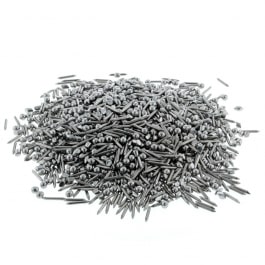







 About Jewelry Chain- About Ball Chain
About Jewelry Chain- About Ball Chain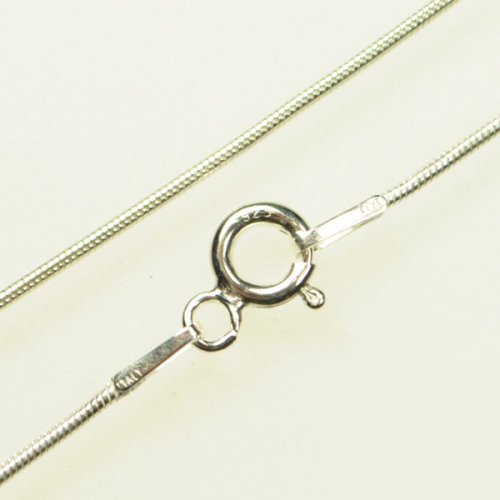 About Jewelry Chain- Snake Chain and Omega Chain
About Jewelry Chain- Snake Chain and Omega Chain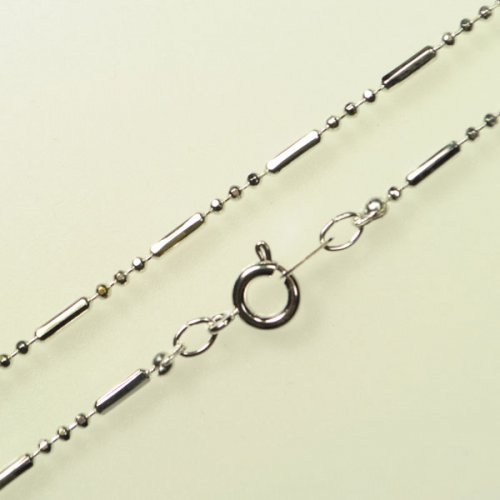 About Jewelry Chain- Bar Chain and Peanut Chain
About Jewelry Chain- Bar Chain and Peanut Chain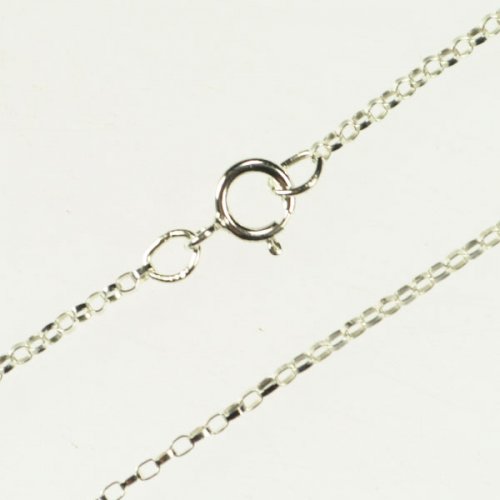 About Jewelry Chain - Cable Chain and Rolo Chain
About Jewelry Chain - Cable Chain and Rolo Chain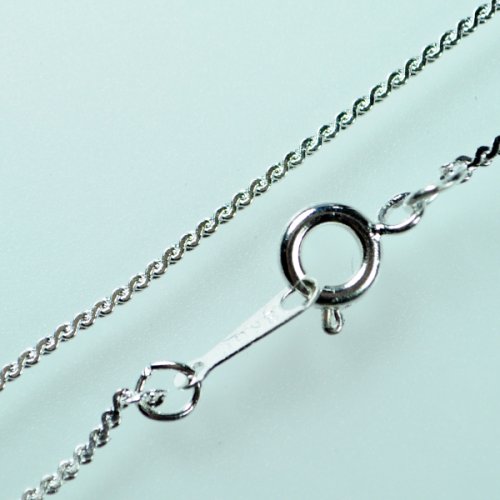 About Jewelry Chain- Curb Chain and Gourmette Chain
About Jewelry Chain- Curb Chain and Gourmette Chain About Jewelry Chain- Figaro Chain
About Jewelry Chain- Figaro Chain About Jewelry Chain- Infinity Chain and Anchor Chain
About Jewelry Chain- Infinity Chain and Anchor Chain About Jewelry Chain- Chain Reference Sheet
About Jewelry Chain- Chain Reference Sheet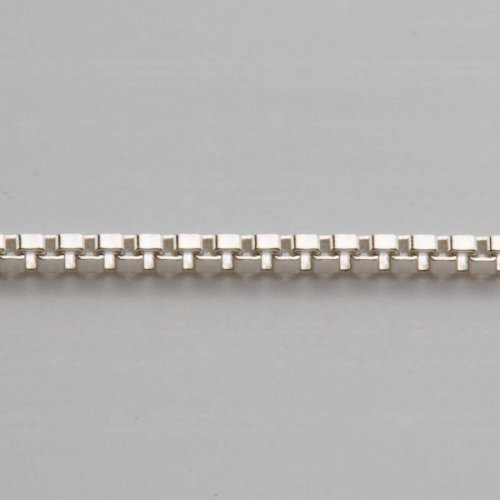 About Jewelry Chain- Venetian Chain and Box Chain
About Jewelry Chain- Venetian Chain and Box Chain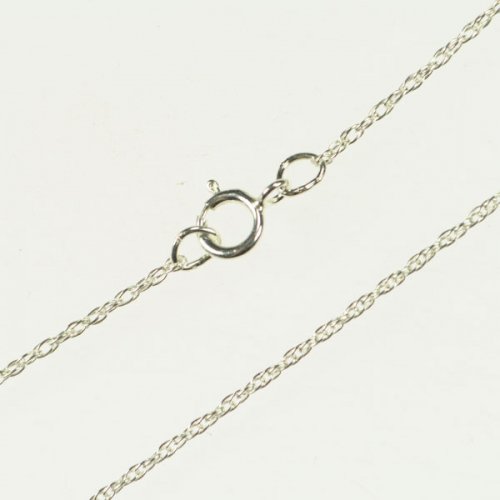 About Jewelry Chain- Wheat Chain and Rope Chain
About Jewelry Chain- Wheat Chain and Rope Chain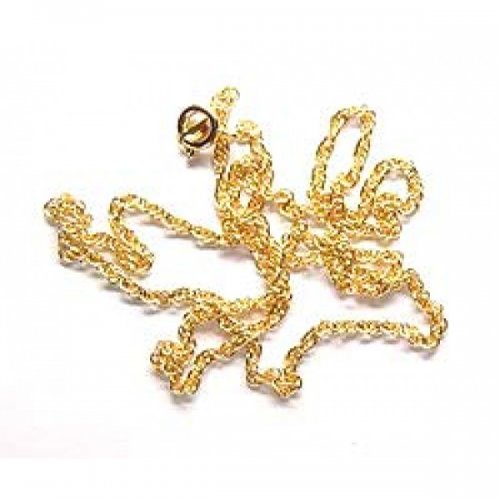 Introduction to Chain
Introduction to Chain Access More Money by Making Jewelry When Your Prices Are Right
Access More Money by Making Jewelry When Your Prices Are Right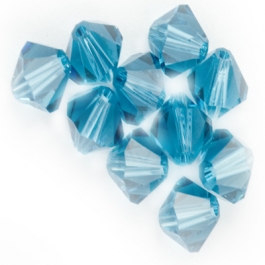 An Introduction to Beads and Beading
An Introduction to Beads and Beading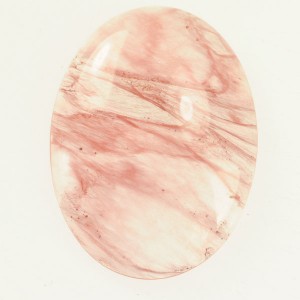 Common Gemstone Misconceptions
Common Gemstone Misconceptions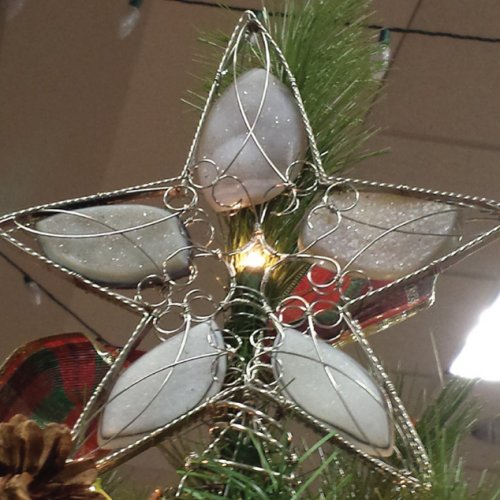 Wire Wrapped Christmas Tree
Wire Wrapped Christmas Tree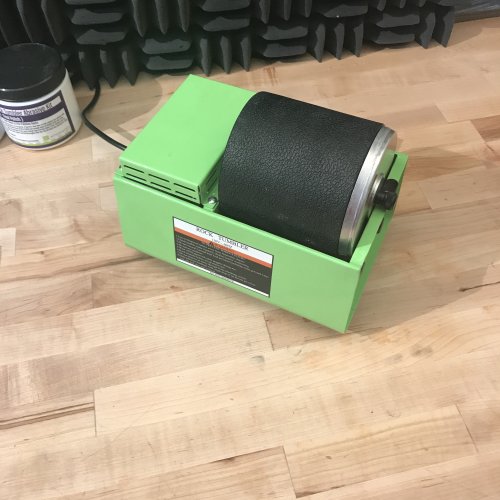 How To Polish Metal Jewelry using a Rotary Tumbler
How To Polish Metal Jewelry using a Rotary Tumbler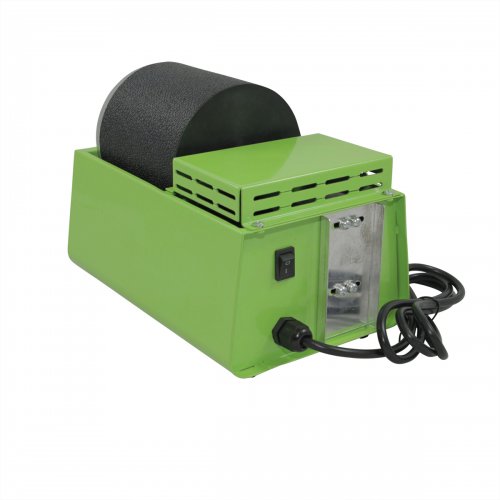 How To Polish Your Own Rocks using a Rotary Rock Tumbler
How To Polish Your Own Rocks using a Rotary Rock Tumbler How to Merchandise Your Jewelry on the Internet
How to Merchandise Your Jewelry on the Internet How to Use Twitter as a Wire Jewelry Artist
How to Use Twitter as a Wire Jewelry Artist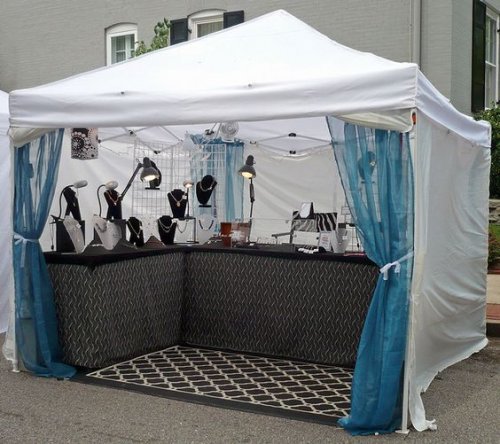 20 Ideas to get your Jewelry Biz Busy
20 Ideas to get your Jewelry Biz Busy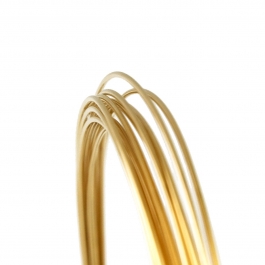 Watching the Precious Metals Market
Watching the Precious Metals Market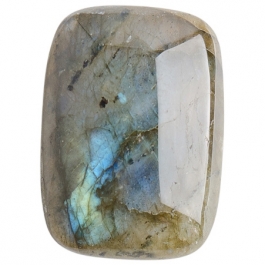 Jewelry Design Ideas - Get Inspired
Jewelry Design Ideas - Get Inspired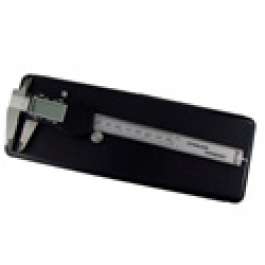 Measuring Tools
Measuring Tools July Birthstone - The Ruby
July Birthstone - The Ruby February Birthstone- Amethyst
February Birthstone- Amethyst March Birthstone - Aquamarine and Bloodstone
March Birthstone - Aquamarine and Bloodstone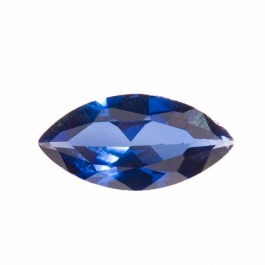 September Birthstone - Sapphire
September Birthstone - Sapphire November Birthstones - Topaz and Citrine
November Birthstones - Topaz and Citrine October Birthstones - Rose Zircon, Pink Tourmaline and Opal
October Birthstones - Rose Zircon, Pink Tourmaline and Opal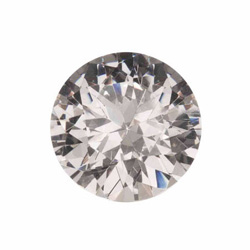 April Birthstone - The Diamond
April Birthstone - The Diamond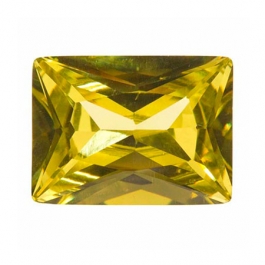 August Birthstone - Peridot and Sardonyx
August Birthstone - Peridot and Sardonyx June Birthstones - Alexandrite, Pearl and Moonstone
June Birthstones - Alexandrite, Pearl and Moonstone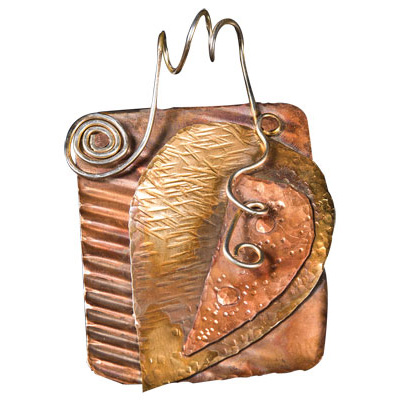 Metalsmithing
Metalsmithing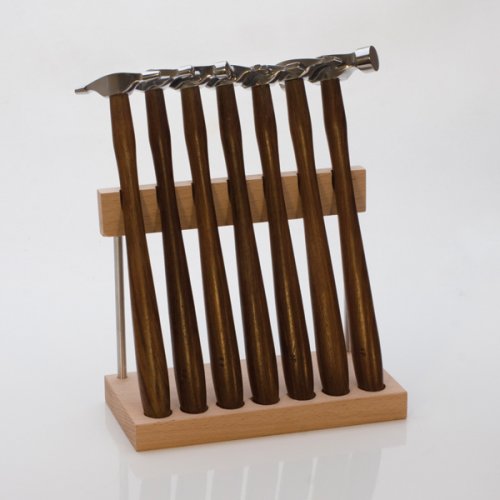 Featured Tool - Mini TruStrike Hammers
Featured Tool - Mini TruStrike Hammers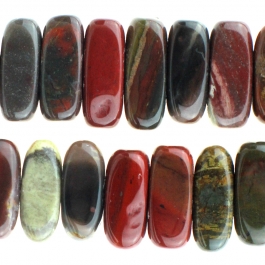 Natural Jasper Stones - Cabochon Gemstones
Natural Jasper Stones - Cabochon Gemstones Organize Your Jewelry Box
Organize Your Jewelry Box Pearls- It's a Cultural Thing
Pearls- It's a Cultural Thing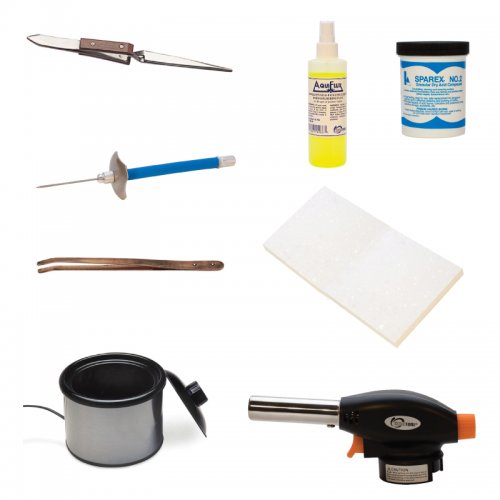 Soldering 101
Soldering 101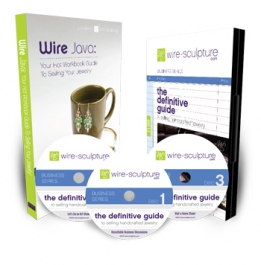 Starting Your Own Home Jewelry Business
Starting Your Own Home Jewelry Business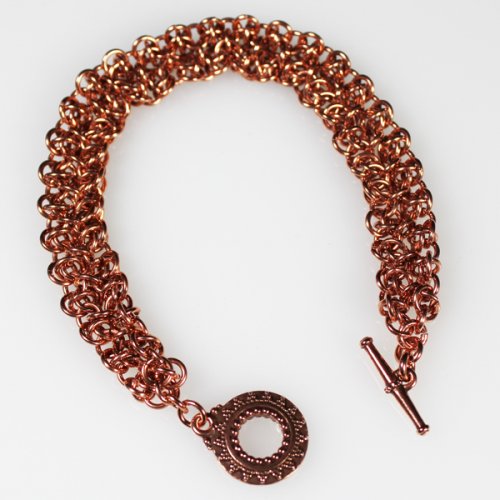 The Art of Creating Chainmail
The Art of Creating Chainmail Why Should I Be Using Facebook
Why Should I Be Using Facebook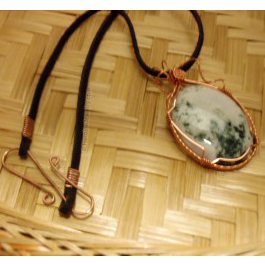 Make Handmade Neck Cords on a Dime
Make Handmade Neck Cords on a Dime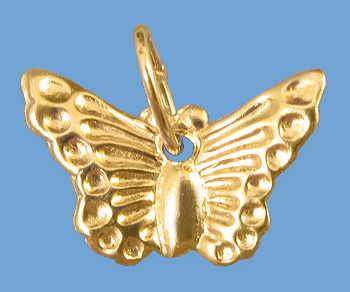 Tagging Handmade Jewelry Gifts
Tagging Handmade Jewelry Gifts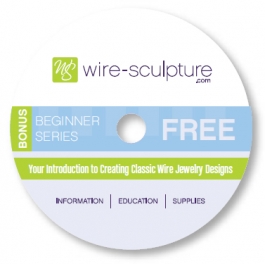 Share Your Expertise with Your Community
Share Your Expertise with Your Community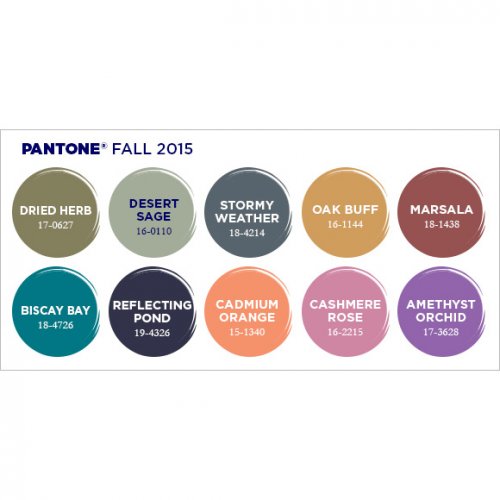 Creating Color Schemes for Jewelry Making
Creating Color Schemes for Jewelry Making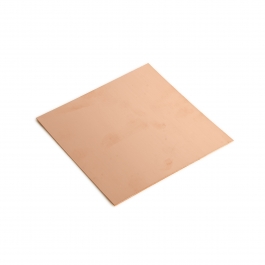 Bronze, Brass, Nickel Silver and Copper Base Metals
Bronze, Brass, Nickel Silver and Copper Base Metals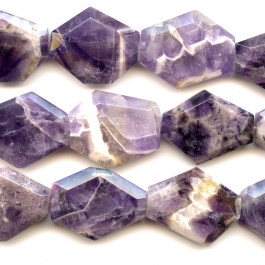 Gemstone Treatments
Gemstone Treatments How Wire is Made
How Wire is Made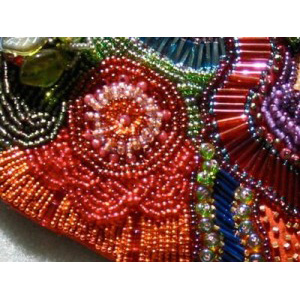 Beading A-B-C's
Beading A-B-C's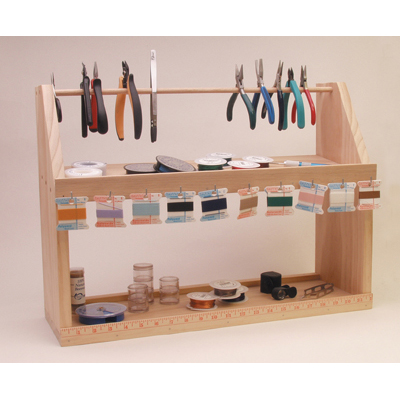 How to Set Up Your Workspace
How to Set Up Your Workspace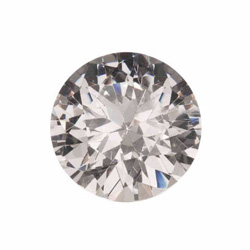 Gem Profile- Diamond
Gem Profile- Diamond Gem Profile- Peridot
Gem Profile- Peridot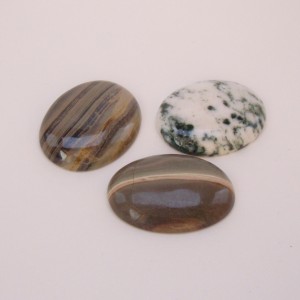 Gem Profile- Cryptocrystalline Quartz Introduction
Gem Profile- Cryptocrystalline Quartz Introduction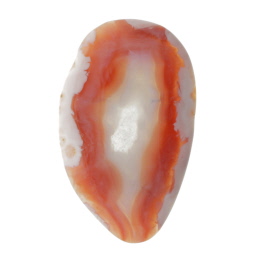 Gem Profile- Banded Agate and Brecciated Agate
Gem Profile- Banded Agate and Brecciated Agate Gem Profile- Emerald
Gem Profile- Emerald Gem Profile- Titanite or Sphene
Gem Profile- Titanite or Sphene Gem Profile- Morganite
Gem Profile- Morganite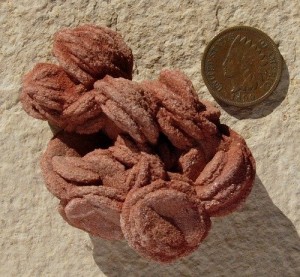 Gem Profile- Desert Rose
Gem Profile- Desert Rose Gem Profile- Iolite
Gem Profile- Iolite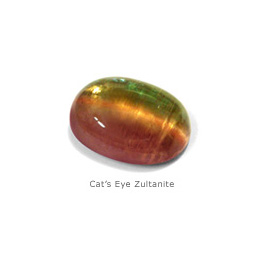 Gem Profile- Zultanite
Gem Profile- Zultanite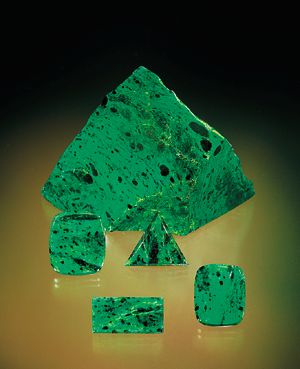 Gem Profile- Maw Sit Sit
Gem Profile- Maw Sit Sit Gem Profile- Tanzanite
Gem Profile- Tanzanite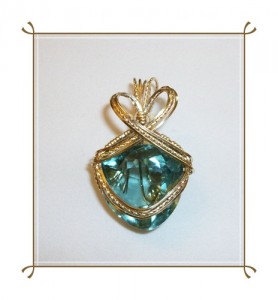 Gem Profile- Aquamarine
Gem Profile- Aquamarine Gem Profile- Turquoise
Gem Profile- Turquoise Gem Profile- Turquoise Types
Gem Profile- Turquoise Types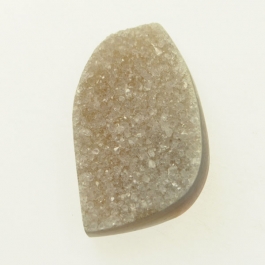 Gem Profile- What's Druze
Gem Profile- What's Druze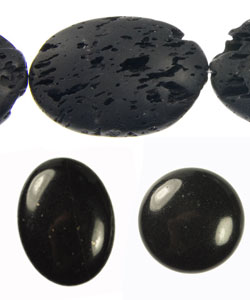 Gem Profile- Basalt
Gem Profile- Basalt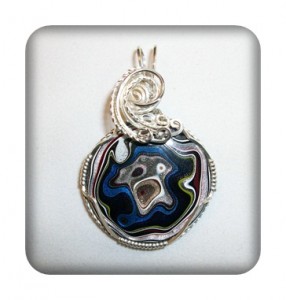 Gem Profile- Fordite
Gem Profile- Fordite Gem Profile- Variscite
Gem Profile- Variscite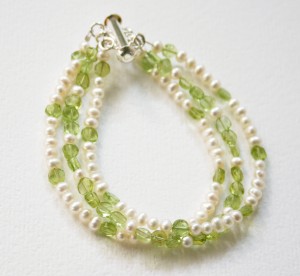 Gem Profile- Pearls
Gem Profile- Pearls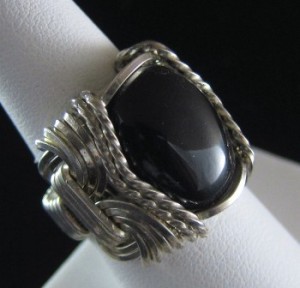 Gem Profile- Onyx
Gem Profile- Onyx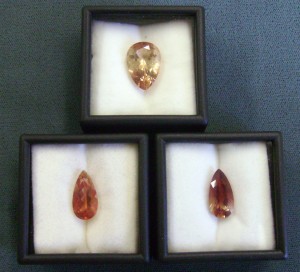 Gem Profile- Sunstone
Gem Profile- Sunstone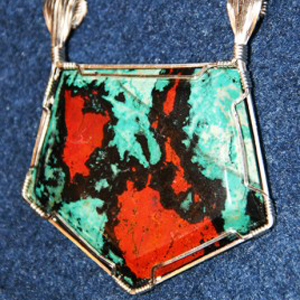 Gem Profile- Sonora Sunrise
Gem Profile- Sonora Sunrise Gem Profile- Rhodonite
Gem Profile- Rhodonite Gem Profile- Glass, Crystal and Quartz
Gem Profile- Glass, Crystal and Quartz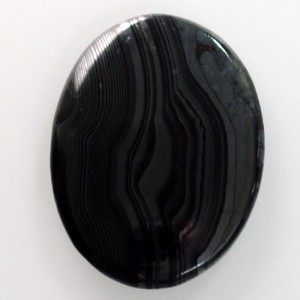 Gem Profile- Psilomelane
Gem Profile- Psilomelane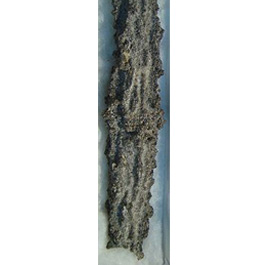 Gem Profile- Fulgurite
Gem Profile- Fulgurite Gem Profile- Cat's Eye
Gem Profile- Cat's Eye Gem Profile- Carnelian
Gem Profile- Carnelian Gem Profile- Petoskey Stones and Indonesian Fossil Coral
Gem Profile- Petoskey Stones and Indonesian Fossil Coral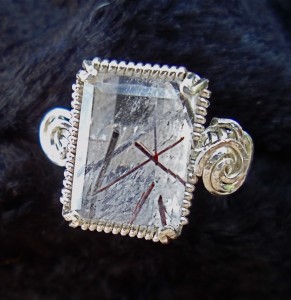 Gem Profile- Rutilated Quartz
Gem Profile- Rutilated Quartz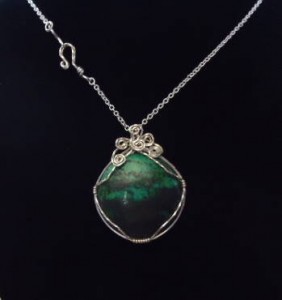 Gem Profile- Chrysocolla
Gem Profile- Chrysocolla Gem Profile- Jet
Gem Profile- Jet Gem Profile- Chrysoprase
Gem Profile- Chrysoprase Gem Profile- Rhyolite
Gem Profile- Rhyolite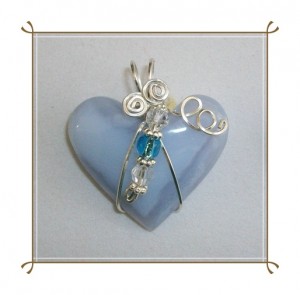 Gem Profile- Chalcedony
Gem Profile- Chalcedony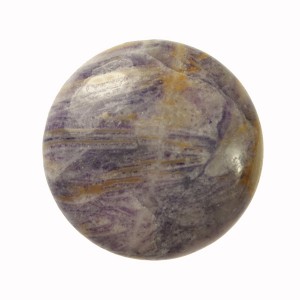 Gem Profile- Lepidolite and Sugilite
Gem Profile- Lepidolite and Sugilite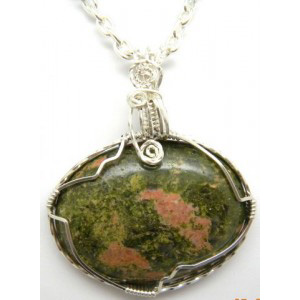 Gem Profile- Unakite
Gem Profile- Unakite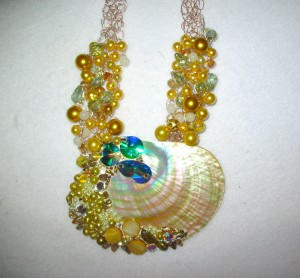 Gem Profile- Cowrie Shells, Conch Shells, and Drilling Shells
Gem Profile- Cowrie Shells, Conch Shells, and Drilling Shells Gem Profile- Mother of Pearl
Gem Profile- Mother of Pearl Gem Profile- Moss Agate and Plume Agate
Gem Profile- Moss Agate and Plume Agate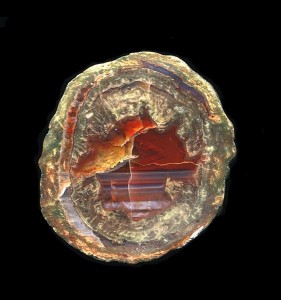 Gem Profile- Thundereggs and Mexican Lace Agate
Gem Profile- Thundereggs and Mexican Lace Agate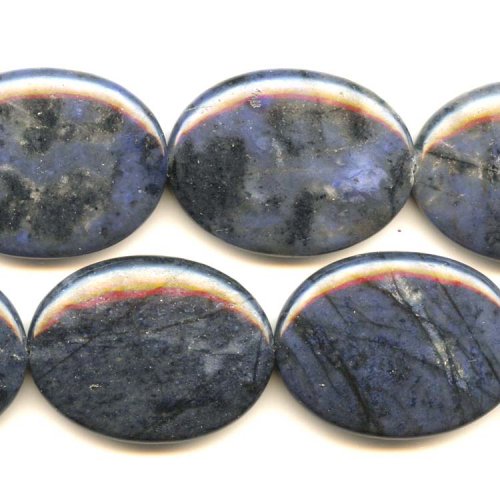 Gem Profile- Dumortierite
Gem Profile- Dumortierite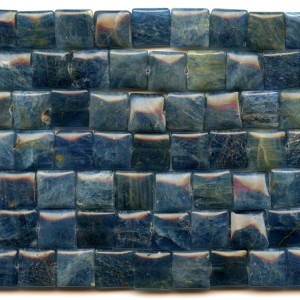 Gem Profile- Apatite
Gem Profile- Apatite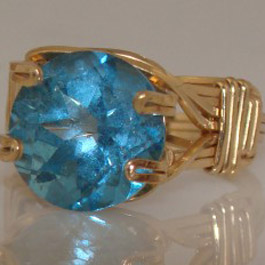 Gem Profile- Blue Topaz
Gem Profile- Blue Topaz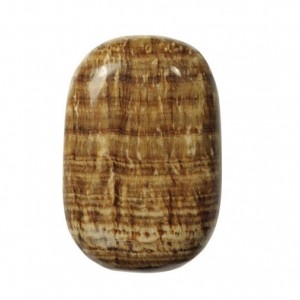 Gem Profile- Aragonite
Gem Profile- Aragonite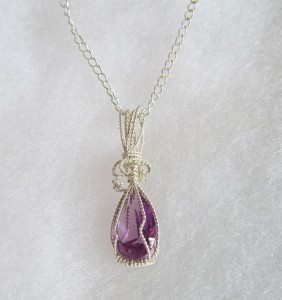 Gem Profile- Zircon and Cubic Zirconia
Gem Profile- Zircon and Cubic Zirconia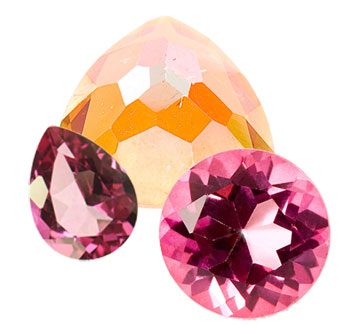 Gem Profile- Topaz
Gem Profile- Topaz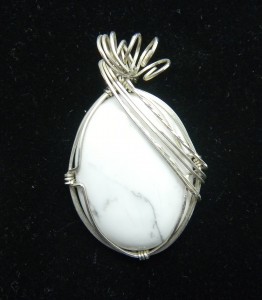 Gem Profile- Howlite
Gem Profile- Howlite Gem Profile- Sodalite
Gem Profile- Sodalite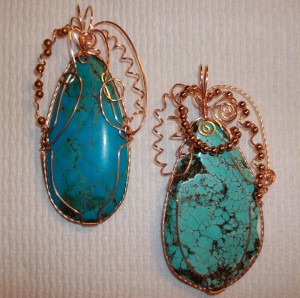 Gem Profile- Magnesite
Gem Profile- Magnesite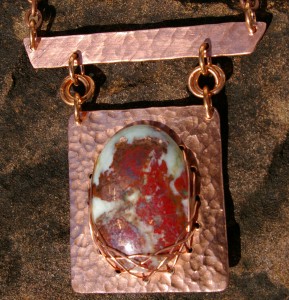 Gem Profile- Cuprite
Gem Profile- Cuprite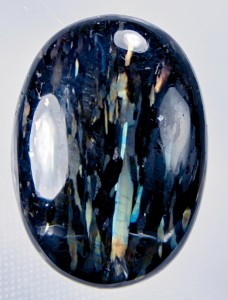 Gem Profile- Nuummite
Gem Profile- Nuummite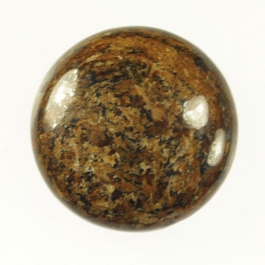 Gem Profile- Bronzite
Gem Profile- Bronzite Gem Profile- Kyanite
Gem Profile- Kyanite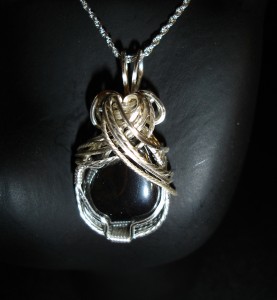 Gem Profile- Hematite
Gem Profile- Hematite Gem Profile- Derbyshire Blue John
Gem Profile- Derbyshire Blue John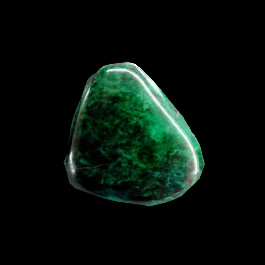 Gem Profile- Eilat Stone
Gem Profile- Eilat Stone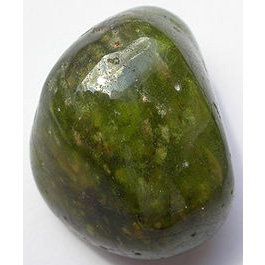 Gem Profile- Vesuvianite
Gem Profile- Vesuvianite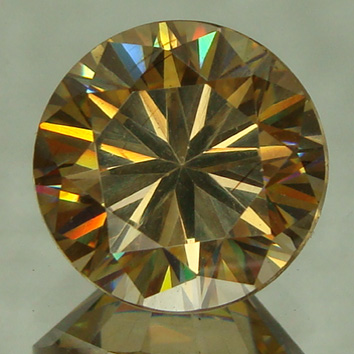 Gem Profile- Strontium Titanate -Fabulite
Gem Profile- Strontium Titanate -Fabulite Gem Profile- Tourmaline
Gem Profile- Tourmaline Gem Profile- Larimar
Gem Profile- Larimar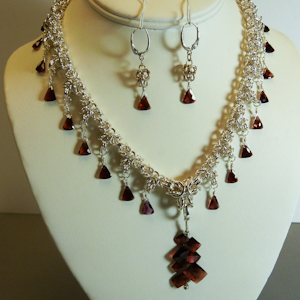 Gem Profile- Garnet
Gem Profile- Garnet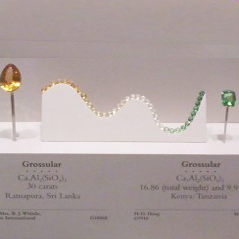 Gem Profile- Tsavorite and Green Garnets
Gem Profile- Tsavorite and Green Garnets Gem Profile- Seraphinite
Gem Profile- Seraphinite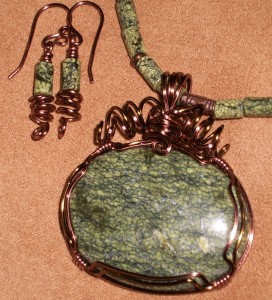 Gem Profile- Serpentine
Gem Profile- Serpentine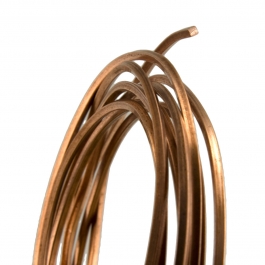 American Wire Gauge
American Wire Gauge Viking Knit and Spool Knit Chain
Viking Knit and Spool Knit Chain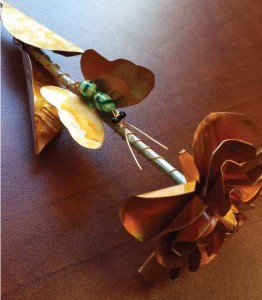 Copper Roses
Copper Roses How to Make Medical ID Bracelets Special
How to Make Medical ID Bracelets Special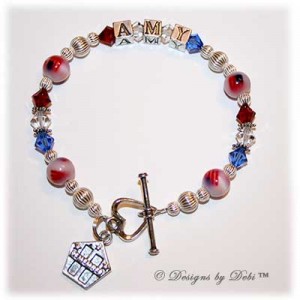 Remembering the Fallen
Remembering the Fallen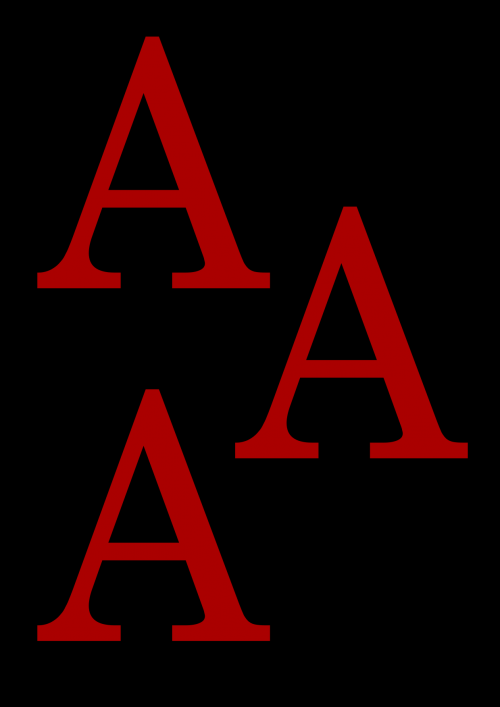 6 Ways to Find Your Uniqueness in Jewelry
6 Ways to Find Your Uniqueness in Jewelry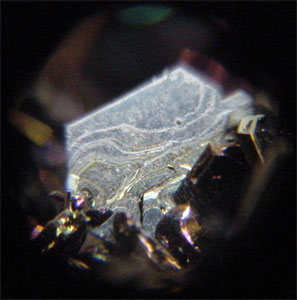 Gem Profile- Moissanite
Gem Profile- Moissanite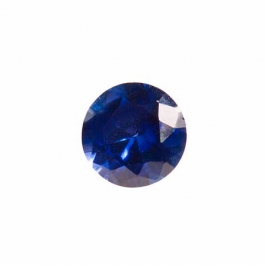 Birthstone Swarovski Colors
Birthstone Swarovski Colors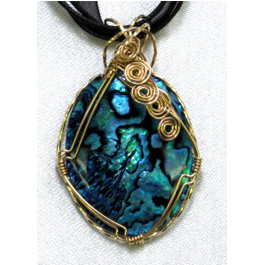 Gem profile- Paua and Abalone
Gem profile- Paua and Abalone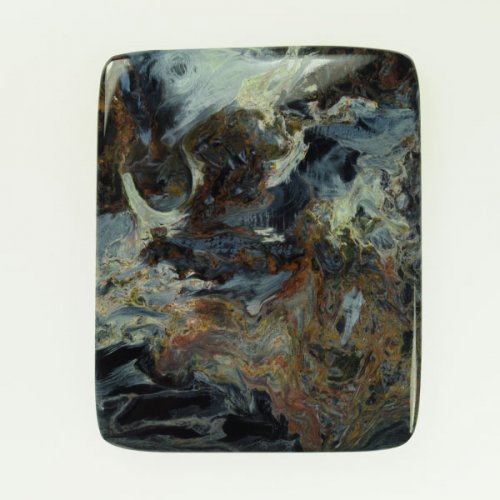 Tips for Tucson Shopping- Gem Show Secrets
Tips for Tucson Shopping- Gem Show Secrets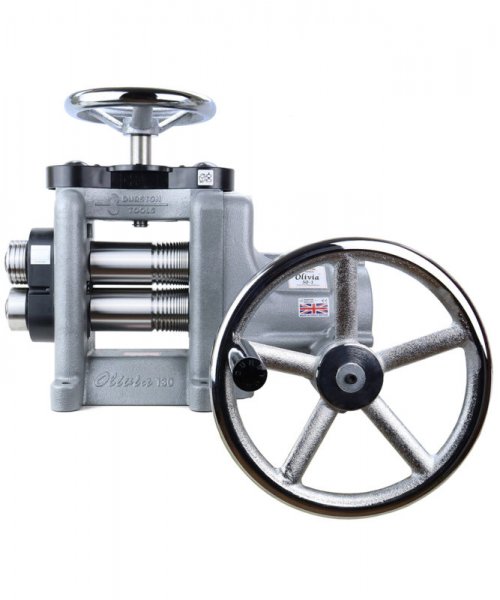 Durston Olivia Rolling Mills
Durston Olivia Rolling Mills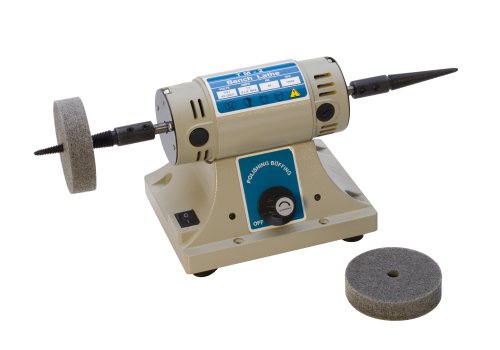 How to Use a Jewelry Bench Polisher Effectively
How to Use a Jewelry Bench Polisher Effectively 
